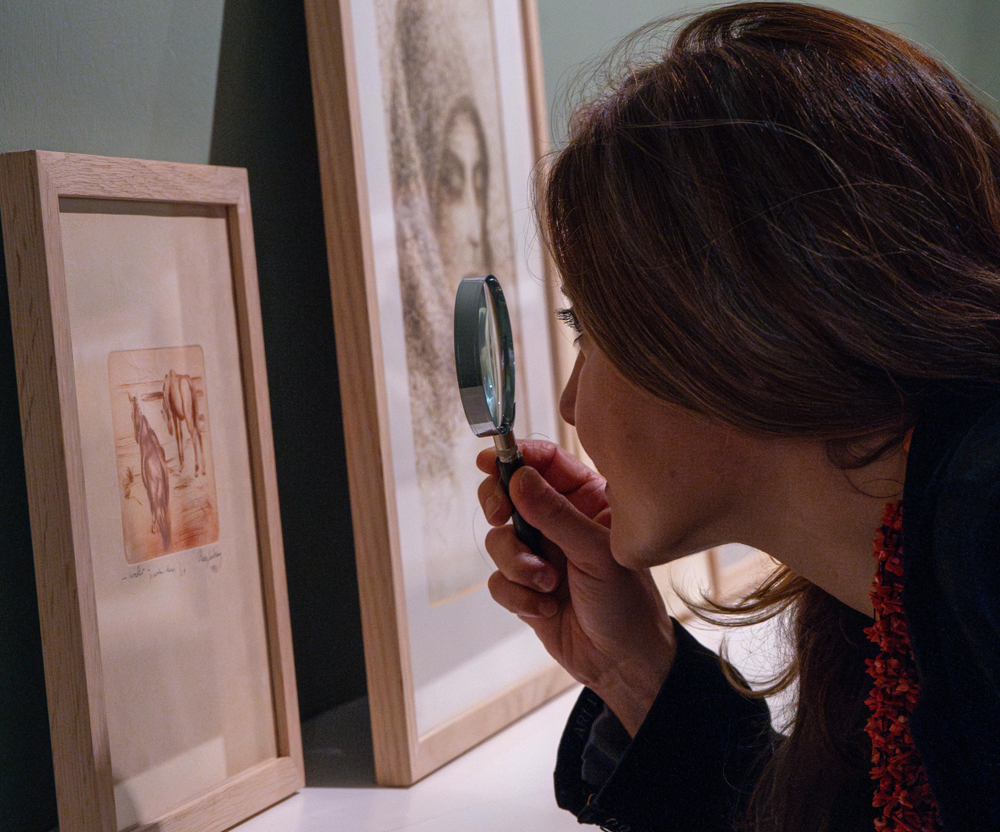Calls for proposals dedicated to the use of new technologies to virtually enhance the museum experience are proliferating. Interactive virtual portals, audio-video streaming connections, networks, QR codes, links, Zoom, Meet, augmented reality, and artificial intelligence – as if gray matter were raining down from the ether into every neglected corner of our planet.
As a museum, over the years we have made a commitment to participate in each of these innovative projects: developing the now “famous” immersive environments, using AI to recreate places, artworks, and animals, enhancing our website with 3D tours, and getting used to speaking daily about media, social platforms, streaming, reels, touchscreens, and so on — all with an increasingly Anglicized vocabulary.
The results have been positive: greater audience engagement, especially among younger visitors; the development of a broad communication method; the involvement of a “home audience” thanks to video-conferencing tools; and, above all, the museum’s alignment with contemporary museological standards. Good.
But the question is: how useful is all this wonderful technology if, at the same time, the museum lacks the basic resources needed for the daily care of its collections?
Where have the calls for the cataloguing of submerged heritage gone?
Where can we find funds for the restoration of works that require consolidation?
How can we obtain financing for the renovation of storage spaces according to the necessary conservation standards?
Broadcasting every instant of a museum’s life online, offering a multimedia vision polished by web tricks, risks distorting the perception of a reality that, behind the internet curtain, may silently decay.
It is the illusion of The Matrix.
If the word “accessibility” often travels paired with “sustainability,” let’s make sure the visitor can truly experience the museum at 360 degrees: sitting comfortably in their living room but also entering the vaults; seeing the halls through a VR headset but also touching the sculptures with real cotton gloves.
Not the biometric gloves of superheroes, simulating the tactile sensation of marble, but the real gloves of a restorer — ready to guide young people behind the scenes of the labs, to smell the paper of old engravings and the enamel of ceramics.
This was done, for instance, by the Gallery of Modern Art in Turin with its new project The Living Depot, inviting visitors to walk through rooms lined with racks and shelves, filled with numbered and catalogued artworks, ensuring they are not forgotten.
And that’s what we at MAN would like to do: take care of over a thousand Sardinian artworks (along with the core of contemporary works…) that deserve to be preserved and displayed — not just through a hologram that presents them in ten different languages and materializes them in the palm of your hand like Princess Leia in Star Wars — but also (funding permitting!) simply hung on a sound wall, under proper lighting, with a good label, offering the real, tangible pleasure of observing them up close.

